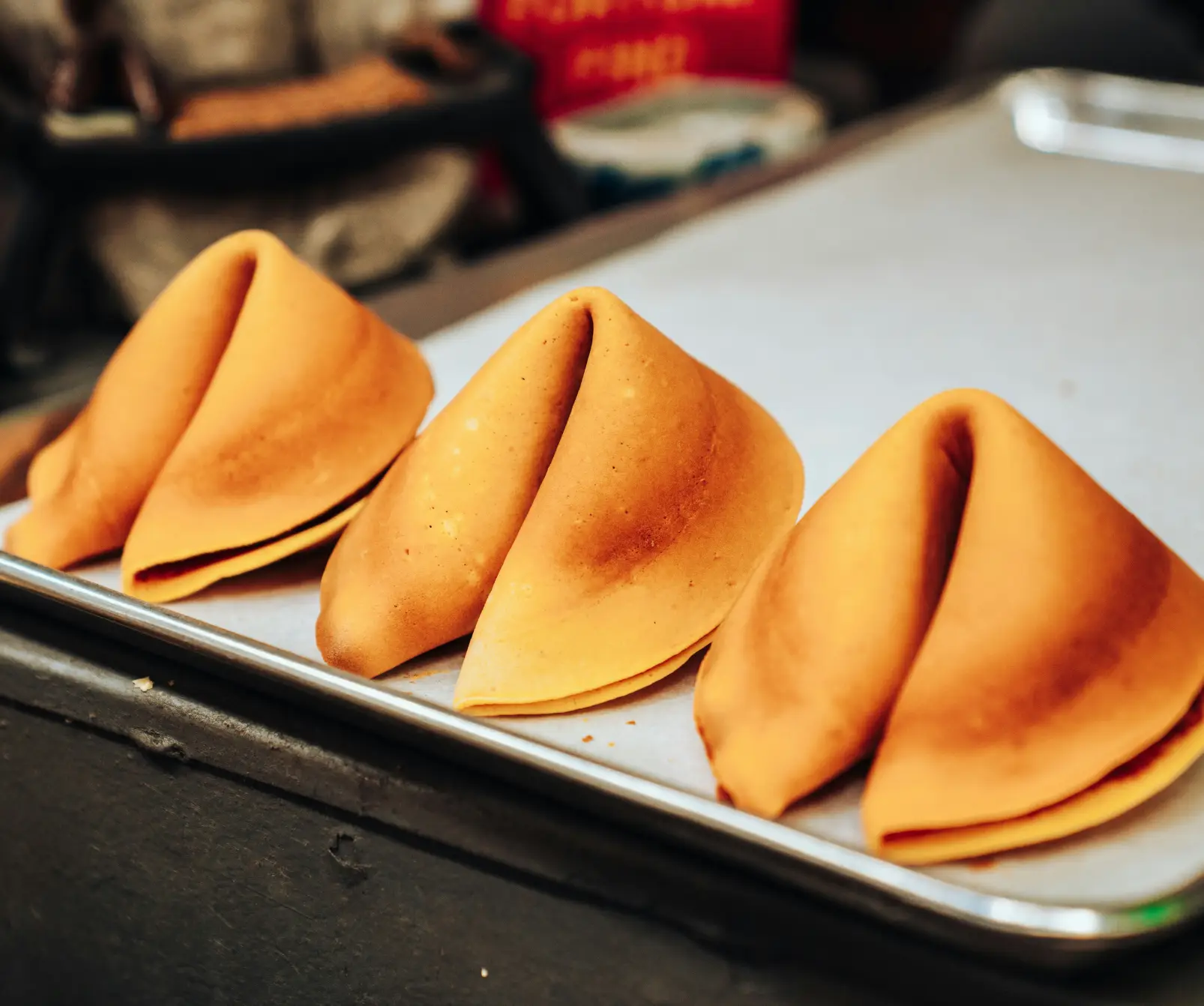Growing up, colorful meals were always the best. Bright red tocino, fluorescent orange kwek kwek, and deep purple ube halaya were just a few of my favorite vibrantly hued Filipino foods. The fun colors always signaled good eating was ahead. Pandan was no exception to this rule. When I was younger, I had only seen its distinct green in buko pandan. The sweet, creamy drink was made of chilled buko milk (young coconut milk), sago or tapioca pearls and gulaman (agar jelly).
“It basically tastes like vanilla, but like lightly floral,” I would say any time I was asked. Though, I always kind of felt that I was underselling the simple yet versatile flavor.
If pandan were a person, they would be deemed a social butterfly. This flavor is not picky when it comes to pairings. It boasts a grassy, yet floral, perfume that elevates both sweet and savory dishes. It blends perfectly with creamy coconut milk, forming the base of countless treats. Thai mango sticky rice and coconut pandan layered jelly are just a few of many that come to mind. Sweet, ripe bananas also harmonize well, as seen in Vietnamese banana cake. However, if all these options read a little too sweet, it can also be paired with almond to highlight its warm, toasty notes or even citrus if you want a more bright, flowery profile.
But wait! There’s more! Pandan also does wonders for savory recipes such as broths, curries and even rice dishes. Usually, the leaves are used instead of extracts in such foods. In this form it pairs exceptionally well with fellow Asian flavors like lemongrass, ginger, garlic, and chili. For broths and curries, the blades are folded into bundles and left to steep, giving an extra fragrant layer to the aromatics. With grilled or steamed foods, marinated or seasoned meat is wrapped tightly in the leaves before it is cooked. These emerald ribbons may be left while serving for a charming island aesthetic, but they should not be eaten as they are extremely fibrous and hard to digest.
While common in Filipino desserts, the flavor really takes on superstar status in neighboring countries. Nasi lemak, the national dish of Malaysia, features coconut rice infused with pandan. The gentle jade hue and lovely bouquet that it brings takes the already amazing dish to the next level. Kaya, a rich coconut jam, is another popular example of a tropical duo teaming up to make something delectable. The jam can be found throughout Malaysia, Singapore and Indonesia.
Thai gai hor bai toey, or pandan chicken, incorporates the tropical plant in a bit of a unique way. The flavor is applied to the chicken via a paste made up of ground leaves, rather than wrapped. The meat is then steamed or grilled for juicy, flavorful results.
The presence of this aromatic leaf in South Asian cuisine is definitely not as pronounced as it is in the southeast. Recently, some contemporary Indian and Sri Lankan recipes have incorporated it into curries for a subtle twist, but its use is still rare. In the last few decades, cultivation of pandan has sprung up in South America and Eastern Africa, hinting at the potential for some very interesting fusions in the future.
So next time you’re hankering for new foods to try, keep an eye out for that vibrant green hue. This true flavor chameleon is one no foodie should miss out on. Whether you’re enjoying a fragrant bowl of nasi lemak or savoring a slice of pandan chiffon cake, its subtle charm is sure to leave you wanting more.







